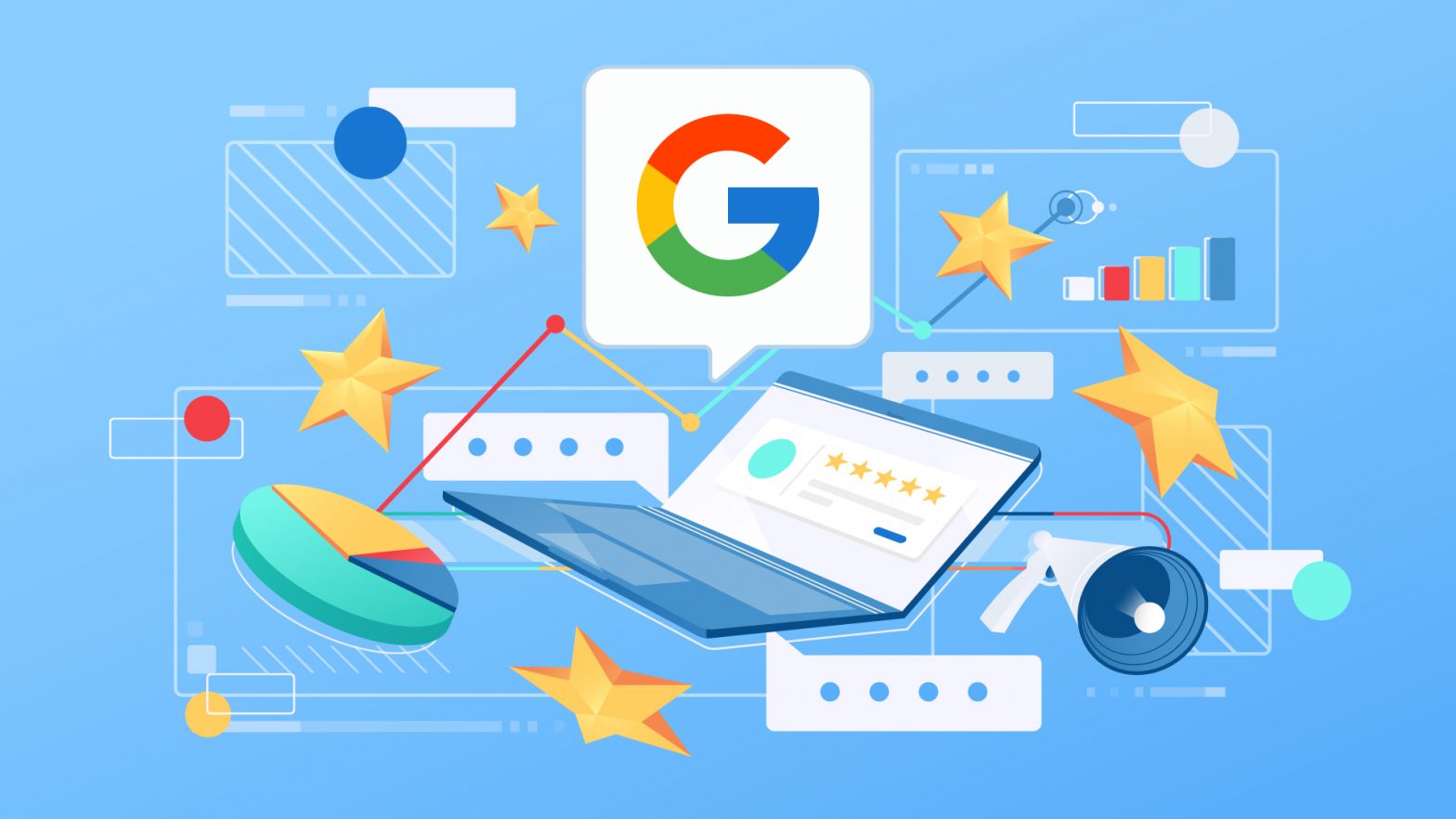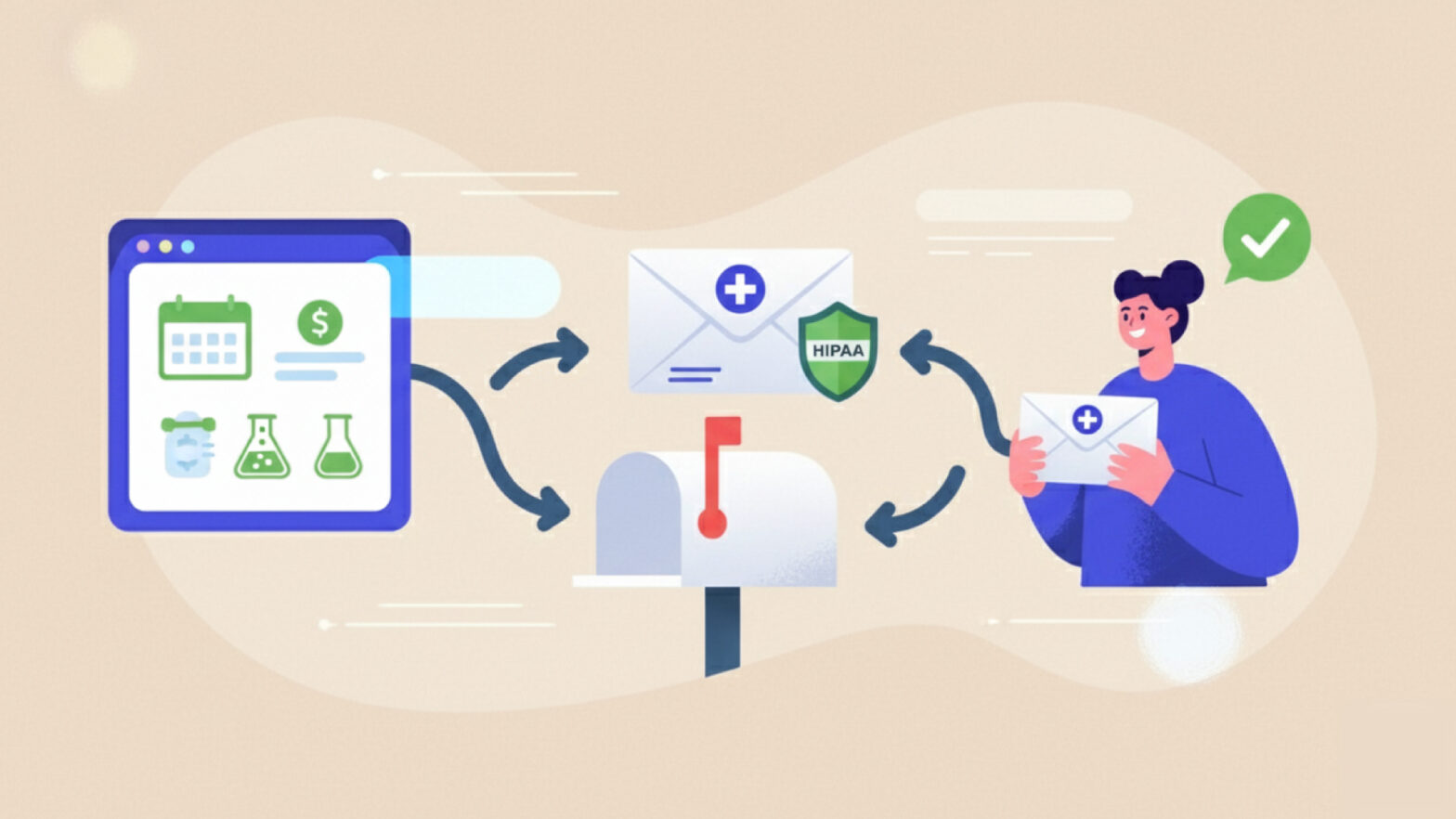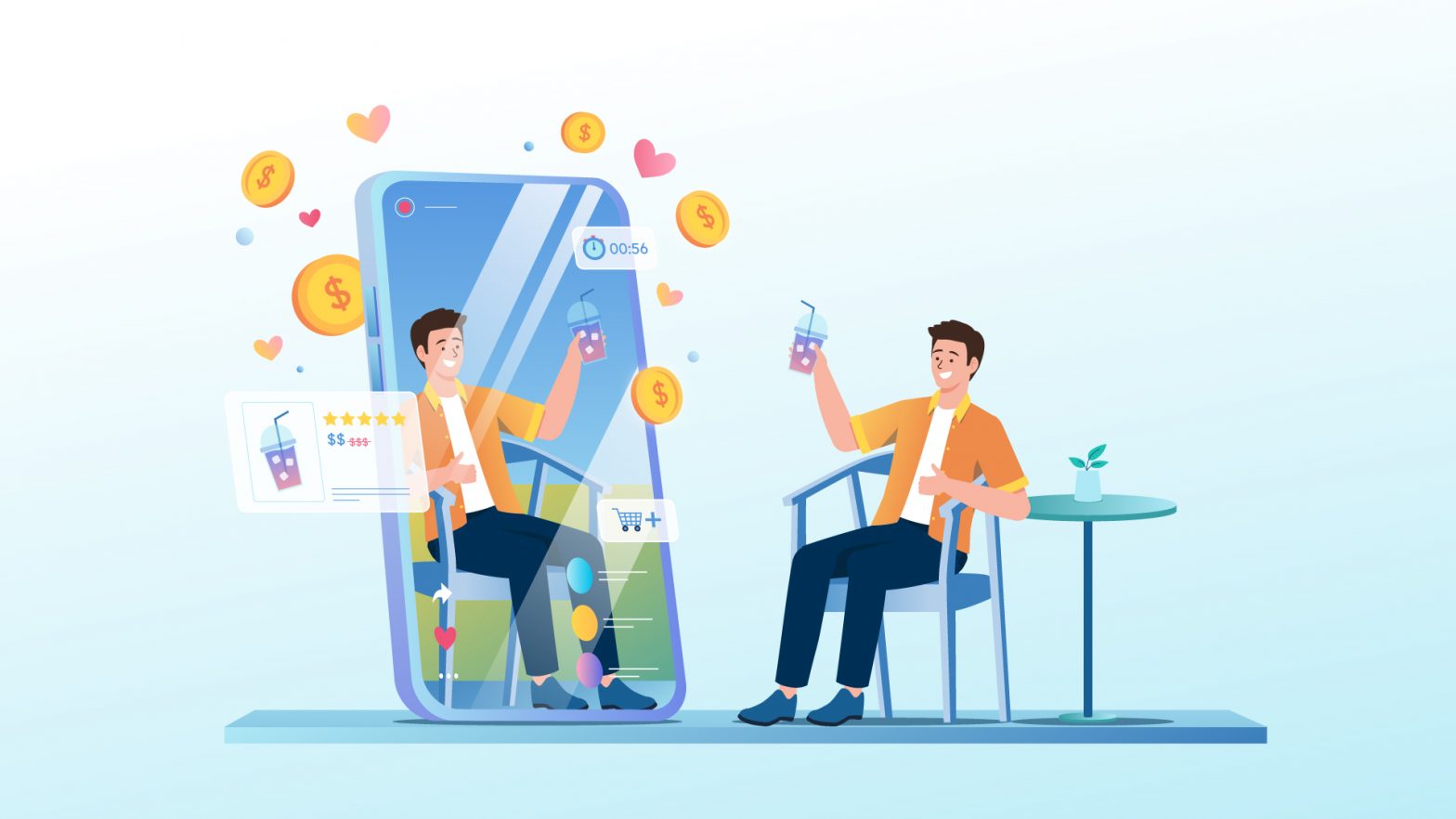Use strategic content to build customer retention by consistently building authority, creating interactive tools, making tutorials, investing in thoughtful messaging, highlighting add-on services, and displaying trust signals.
Smart content helps you to start all of this. When you create the right content for people who’ve already bought from you, you turn one-time buyers into repeat customers. You build relationships that last years, not days.
Here are six ways to use content that keeps customers coming back for more.
1. Build Authority Through Deep Educational Content
One of the most effective ways to keep customers coming back is to build trust through helpful, in-depth content. When you consistently share valuable information that speaks directly to your customers’ needs, you position your brand as a reliable source they can turn to again and again.
This strategy works because customers don’t want to feel like they’re always being sold to. They want to feel supported.
Educational content, especially long-form, detailed pieces, does that. It gives people confidence in your expertise and creates a stronger connection to your brand.
To do it right:
- Start with the questions your customers already have.
- Use support tickets, search data, and customer feedback to guide your topics.
- Focus on evergreen subjects – things that stay relevant over time.
- Don’t be vague. Go deep. Share practical advice and clear explanations, and include resources where it makes sense.
- Skip the fluff. No pushing products. Just useful information they’ll want to bookmark and return to.
A great example of this strategy is OrthoBracing, a company in the orthopedic and cold therapy space. They’ve built a blog that’s packed with content tailored to their audience (people dealing with injuries, surgeries, and recovery).
Their articles cover practical topics like how to sleep while wearing a knee brace or how long to use cold therapy after surgery. It’s the kind of content their customers actively search for, and it’s presented in a way that’s easy to understand and genuinely helpful.
The focus is always on educating, not selling.
This keeps readers engaged, builds trust, and makes them more likely to stick with the brand long-term.
2. Create Interactive Tools That Offer Real, Ongoing Use
If you want customers to keep coming back, give them something they’ll actually use regularly. Interactive content like calculators, checklists, or quizzes can provide real, ongoing value while keeping your brand top of mind.
In short, when customers engage with your content, they remember you better and stay connected longer.
To do this well:
- Think about the day-to-day challenges or recurring tasks your customers face.
- Then, build a simple tool that helps them solve those problems quickly.
- It doesn’t have to be complex, just relevant and easy to use.
- Make sure it’s free, accessible, and works well on both desktop and mobile.
- Once you have it, promote it where your audience already spends time: inside your email sequences, on your site, and in your customer portal if you have one.
One example that gets it right is RE Cost Seg, a firm that provides cost segregation for real estate investors. They offer a free cost segregation calculator that helps users estimate how much they could save through accelerated depreciation.
It’s simple, useful, and clearly built with their core audience in mind. Real estate owners can return to it again and again, especially when planning new purchases.
While this is a lead generation tool, it’s also a retention asset that keeps their brand relevant well beyond the initial engagement.
3. Deliver Quick, Helpful Video Tutorials
Short, focused videos are a smart way to keep customers engaged long after they buy. People often prefer to learn visually, and when done well, a short video can solve a problem or answer a question more effectively than text ever could.
TikTok has changed the way we consume videos. We now prefer videos that don’t even try to sell us anything. Rather, raw and honest videos, which are also relatable, can build trust and make your brand feel more accessible.
To do this right:
- Focus on real use cases. What are your customers trying to figure out after they buy from you?
- Start with one small task per video. Nothing long or overly detailed. Aim for one to three minutes.
- Keep the tone friendly but clear.
- Use captions so the content works with the sound off.
- Most importantly, make sure these videos live in places your customers already visit: your product pages, your help center, your social channels, and your follow-up emails.
A solid example of this method is Sewing Parts Online, a retailer that specializes in sewing machine equipment. They regularly publish concise, straightforward tutorials that guide customers through tasks such as threading a machine or adjusting a presser foot.
These videos are hosted on both their website and on platforms such as YouTube, Instagram, and TikTok. They’re practical, easy to follow, and clearly made with their audience in mind.
When trying to retain customers, you should focus too much on pushing products. This tactic is excellent for making the customer experience smoother, and that kind of support keeps people coming back.
4. Use Thoughtful Messaging That Speaks to Emotion
Customers don’t always remember what you sold them. However, they remember how you made them feel.
Disney Institute found that their emotionally engaged customers, compared to “traditional” customers, tend to be 3 times more likely to repurchase, compared to those with no emotional bond. That’s why content that’s built around empathy and understanding is a powerful retention tool.
This approach works because it builds loyalty in a way that purely functional messaging can’t. When your content reflects what your customers are going through and shows that you genuinely understand their situation, it creates trust that sticks.
To use emotional messaging effectively:
- You need to know your audience’s real pain points. That doesn’t mean just the surface-level issues, but the situations they’re in when they need your product or service.
- Then, speak to them clearly and respectfully.
- Avoid exaggeration or overly dramatic language.
- Keep it simple, genuine, and grounded.
- Your tone matters. Being kind, calm, and honest goes a long way.
- Make this messaging part of your website copy, automated emails, and any customer-facing materials.
A brand that gets this right is CodaPet, a service that provides in-home euthanasia for pets. Their niche deals with a deeply emotional time in their customers’ lives.
Instead of using cold or generic language, their site is written with care. It acknowledges the emotional weight of the moment and offers support in a way that feels personal and sincere. There’s no pressure, just presence.
This kind of messaging leaves a lasting impression and builds the kind of trust that brings people back when they need help again.
5. Highlight Add-On Services Your Customers Actually Need
Once a customer has purchased from you, there’s a good chance they’ll need something else that supports that first decision.
When you clearly highlight services that naturally go hand-in-hand with your main offer, you make life easier for them and give them more reasons to stay with your brand.
This strategy is effective because it’s not about upselling for the sake of it. It’s about helping customers see what they might miss if they don’t take the next logical step. When done right, it builds trust, improves satisfaction, and increases the chances they’ll come back for future needs.
To do it well:
- Select the related services your customers often need after using your core offer.
- Make these services easy to find and clearly explain how they connect to the original purchase.
- Keep the messaging focused on the benefit to the customer: what it helps them accomplish, avoid, or simplify.
- Use your website’s homepage, product pages, and onboarding emails to point them out so that the connection feels natural and timely.
Start in Wyoming, a company that helps entrepreneurs form LLCs in Wyoming, is an excellent example here. While their main offer is LLC formation, they also provide essential follow-up services like assigning a business address, acting as a registered agent, setting up business banking, and handling tax registration.
Since most new business owners will need these services anyway, Start in Wyoming highlights them prominently, showing how they fit into the bigger picture of getting a business fully set up.
This strategy keeps customers engaged and positions the brand as a complete resource, not just a one-time service.
6. Display Trust Signals Where Customers Can’t Miss Them
Customers won’t keep buying from a brand they don’t trust. That’s why it’s important to make trust signals visible right where people are making decisions.
Things like secure checkout badges, clear return policies, third-party reviews, and support guarantees all help reassure customers that your business is reliable and safe.
When customers feel uncertain, they look for signs that a brand is legitimate and worth returning to. Trust signals remove friction. They make the buying experience feel secure and familiar, which increases the chances of repeat purchases.
To do this right:
- Don’t bury trust signals in the footer or on a separate FAQ page.
- Place them high on your website header, product pages, cart, and checkout.
- Include recognizable icons (SSL, payment logos, review platforms) and short, clear phrases like “Free Shipping,” “30-Day Returns,” or “Secure Payment.”
- Make sure your reviews and ratings are real and easy to verify.
- Keep everything consistent in tone and layout so it feels intentional, not like an afterthought.
A good example of this is Golf Cart Tire Supply, a supplier of golf cart tires and accessories. Right on their website header, they showcase key trust signals (secure payment icons, free shipping messaging, and high-rated third-party reviews).
These elements are impossible to miss and instantly communicate credibility. For a returning customer, that kind of clarity sticks.
This makes it easy to remember the site as trustworthy and worth buying from again.
Final Thoughts
Retention isn’t accidental. It’s shaped by the choices you make after the sale. The content you create, how you show up for your customers, and what you choose to highlight all leave a mark.
If you’re not already using content to build loyalty, now is a good time to start. Small changes go a long way when they’re built on real customer needs.








